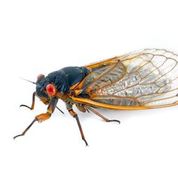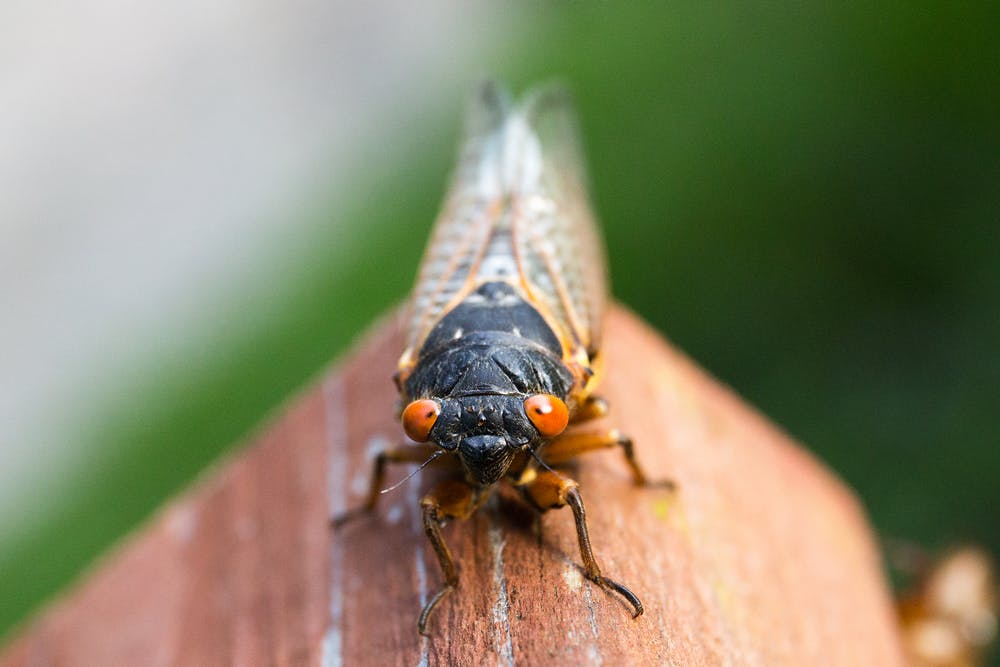
TUSCALOOSA, Ala. – The cicadas are coming.
After remaining more than 6 feet underground for 17 years, red-eyed, black-bodied, orange-legged winged periodical cicadas are emerging in waves from June to August to swarm the East Coast in numbers ranging in the hundreds of millions.
“The numbers we’re talking about are millions of periodical cicadas in the range of about 1.5 million per acre,” said Dr. John Abbott, director of museum research and collections at The University of Alabama. “I’m sure some people will equate their emergence to an apocalyptic plague unfortunately, but it is what it is.”
Unlike the slightly larger, gray-green annual cicadas that emerge after spending two to five years living underground, the periodical cicadas stay underground in their nymph forms for periods of 13 or 17 years. While underground, they eat tree roots like all types of cicada.
Abbott said they spend such a long time in the earth to throw off the behavioral biorhythms of predators – essentially so predators don’t know when to expect them.
He said this current brood will be unleashed upon Virginia, West Virginia and North Carolina. In the Tuscaloosa area, periodical cicadas aren’t expected to emerge until about 2024.

Abbott said once the cicadas crawl out of ground and morph into their winged adult forms – leaving behind moltings of their clawed brown shells on trees and houses – they don’t pose a danger to anyone or to vegetation, but they can be a nuance because of the loud noise they make.
“The real damage and destruction they cause comes from the nymphs feeding on the roots of trees for the last 17 years,” he said. “Once they become adults they’re just looking to reproduce.
“They can also be considered a pest because of their sheer numbers. They may eat some plant fluids but most of the feeding damage comes from when they were growing.”
The more common annual cicadas will emerge around the country in mid-summer, adding to the cicada invasion, but their numbers range in the hundreds to thousands per acre.
Though cicadas are long-lived in their nymph stage, they only live two to three weeks as adults, so they’ll die out shortly after gaining their wings.
“One humorous note to this is these cicadas can certainly be eaten if people are adventurous enough to try them,” Abbott said.
To hear samples of cicada song, go here.
Contact
Jamon Smith, Strategic Communications, jamon.smith@ua.edu, 205/348-4956
Source
Dr. John Abbott, jabbott1@ua.edu
